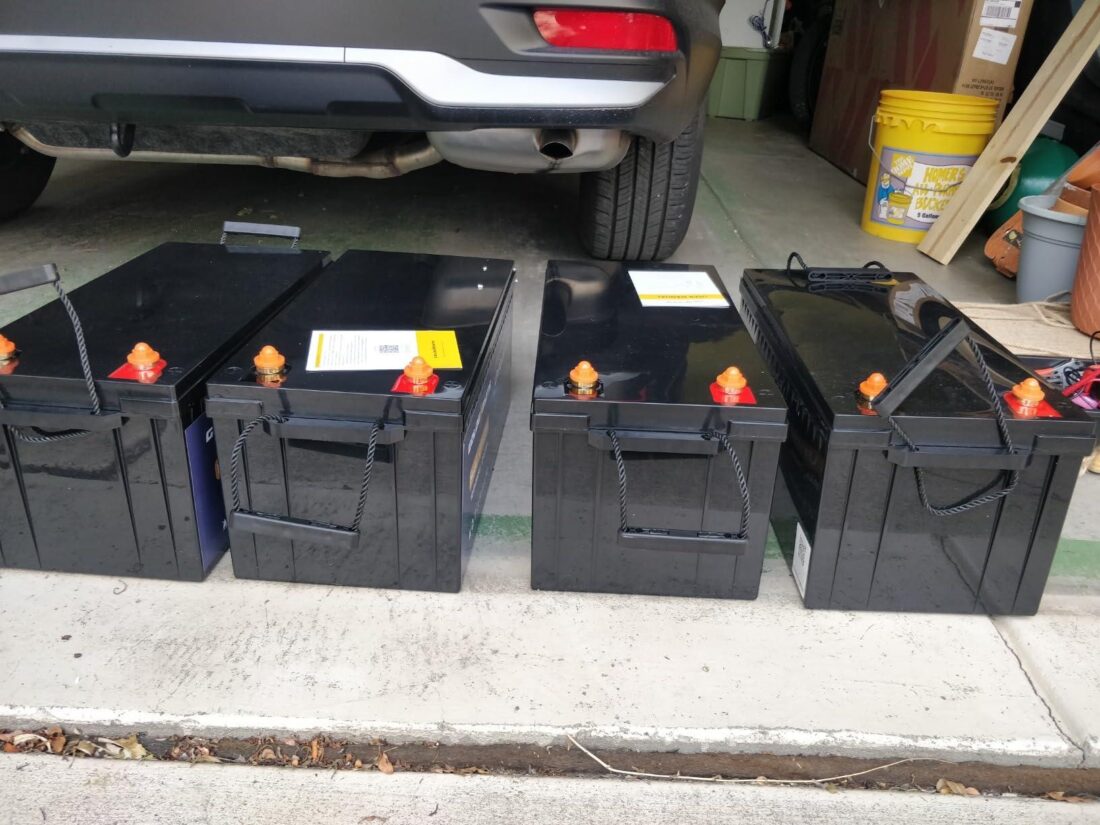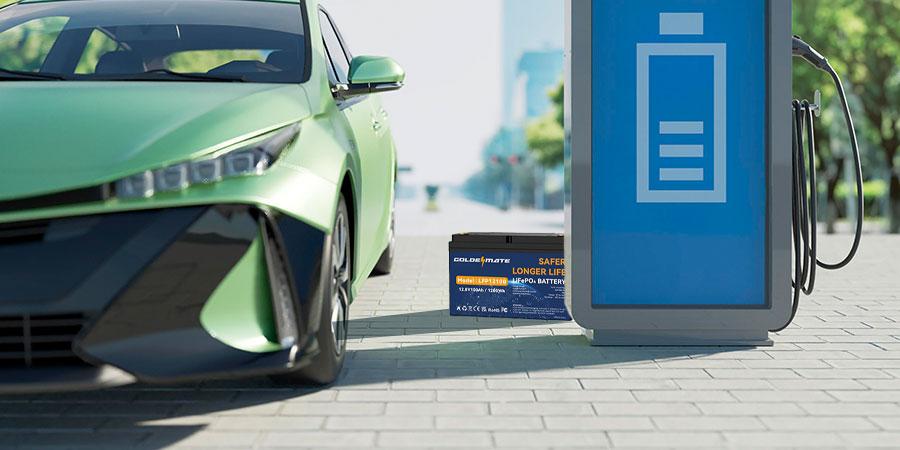
Lithium-ion batteries have become an indispensable part of our modern lives, powering everything from our smartphones to electric vehicles and even the renewable energy grid. Their widespread adoption is due in large part to their impressive energy density, which allows them to store a substantial amount of energy in a compact and lightweight form. In this article, we’ll delve into the science and technology behind high energy density in lithium batteries, exploring the chemistry, engineering innovations, challenges, and future prospects of these remarkable power sources.
Understanding Lithium-Ion Batteries
Basics of Lithium-Ion Batteries
At the heart of every lithium-ion battery lies a combination of essential components: an anode, a cathode, and an electrolyte. These components work in concert to facilitate the flow of lithium ions between the anode and cathode, generating electrical energy. The lithium-ion battery’s architecture is designed for efficiency, portability, and durability, making it a preferred choice for various applications.
Historical Development and Evolution
The story of lithium-ion batteries stretches back to the 1970s when researchers first began exploring the potential of lithium as a key ingredient in rechargeable batteries. Over the decades, significant advancements have occurred, leading to improved energy density, longer lifespans, and safer operations. These batteries have evolved from early prototypes to the powerful and versatile energy storage devices we use today.
Energy Density Defined
Importance of Energy Density
Energy density is a critical parameter when evaluating battery performance. Simply put, it measures how much energy a battery can store in relation to its weight or volume. High energy density is essential for applications where space and weight constraints are paramount, such as portable electronics and electric vehicles. Achieving high energy density enables longer runtimes, greater efficiency, and enhanced convenience. If you’re looking for a long-lasting power solution, consider investing in a reliable 200ah battery for your energy needs.
Role of Energy Density in Battery Life
Energy density is also closely linked to a battery’s overall lifespan. Batteries with higher energy density tend to sustain longer cycles of charge and discharge. This extended cycle life is invaluable in applications where frequent charging and discharging are expected, like smartphones or electric cars.
The Chemistry Behind High Energy Density
Electrochemical Processes in Lithium-Ion Batteries
The core of a lithium-ion battery’s operation revolves around electrochemical processes. When the battery is charged, lithium ions are driven from the cathode to the anode. During discharge, these ions travel back to the cathode through the electrolyte, releasing energy in the process. This movement of lithium ions is fundamental to the battery’s energy storage capability.
Materials for High Energy Density
One of the primary factors influencing a lithium-ion battery’s energy density is the choice of materials for the electrodes. High-energy-density cathode materials, such as Nickel Manganese Cobalt Oxide (NMC) and Lithium Iron Phosphate (LFP), play a pivotal role in maximizing energy storage. Anode materials, including graphite and silicon, are equally critical, as they impact the overall energy density of the battery.
Electrolyte Composition
The electrolyte, either liquid or solid, also plays a vital role in achieving high energy density. Innovations in electrolyte technology, including the development of solid-state electrolytes, have led to improved energy density and safety. Solid-state electrolytes offer advantages in terms of reduced risk of leakage, increased thermal stability, and enhanced overall performance.

Engineering Innovations
Design and Architecture Enhancements
To achieve higher energy density, engineers have developed various design and architectural innovations. Increasing the surface area of electrodes, for example, allows for more efficient ion transfer and energy storage. Thin-film technologies and nanomaterials have also been employed to enhance energy density while maintaining the compact form factor.
Thermal Management and Safety Considerations
The pursuit of high energy density has raised concerns about thermal management and safety. Batteries with high energy densities are more prone to overheating, which can lead to thermal runaway, a potentially dangerous situation. Engineers have focused on developing advanced thermal management systems and materials to mitigate these risks and ensure the safe operation of high-energy-density batteries.
Impact of Cell Design
The type of cell design also plays a crucial role in energy density. Different applications may require specific cell types, such as pouch, cylindrical, or prismatic cells. These designs can affect the overall energy density, form factor, and performance of the battery, making it essential to choose the right design for a given application.
Challenges and Limitations
Issues Associated with High Energy Density
While high energy density is a desirable feature, it comes with its set of challenges. One significant issue is the degradation of electrode materials over time. As batteries undergo repeated charge and discharge cycles, electrodes can deteriorate, leading to reduced energy storage capacity and overall performance.
Safety Concerns and Thermal Management
Safety remains a paramount concern in high-energy-density batteries. Thermal management becomes more critical as batteries become more energy-dense to prevent catastrophic failures due to overheating. Balancing high energy density with safety features presents a complex engineering challenge.
Environmental Considerations and Recycling Challenges
The environmental impact of high-energy-density batteries, particularly their disposal and recycling, is a growing concern. As these batteries become more prevalent, finding sustainable and eco-friendly ways to handle end-of-life batteries and recycle their components is essential to mitigate environmental harm.
Regulatory and Safety Standards
Governments and regulatory bodies worldwide are working to establish standards and regulations for high-energy-density lithium batteries. These standards aim to ensure the safe manufacture, transportation, and disposal of these batteries while maintaining performance and efficiency.
Applications and Future Prospects
Current and Potential Applications
High-energy-density lithium batteries have already found a wide range of applications, including powering electric vehicles, storing renewable energy, and supporting consumer electronics. Electric vehicles, in particular, rely heavily on high-energy-density batteries to provide long driving ranges and quick charging capabilities.
Emerging Technologies and Research Areas
Research continues to push the boundaries of battery technology, with promising developments in areas like solid-state batteries and lithium-sulfur batteries. Solid-state batteries, in particular, hold the potential to offer even higher energy density, enhanced safety, and longer lifespans.
Sustainability and Eco-Friendly Developments
Sustainability is a driving force in the future of battery technology. Researchers are actively seeking ways to make lithium battery production more environmentally friendly and to improve recycling processes. Sustainable practices are vital for reducing the environmental impact of high-energy-density batteries.
Conclusion
In conclusion, high energy density is a cornerstone of modern lithium-ion batteries, enabling their widespread adoption and use in various applications. The intricate chemistry behind these batteries, coupled with engineering innovations and ongoing research, continues to push the boundaries of energy density while addressing challenges related to safety and environmental impact. As we look to the future, sustainable practices and emerging technologies promise to unlock even greater potential for high-energy-density lithium batteries, shaping the way we power our world.




